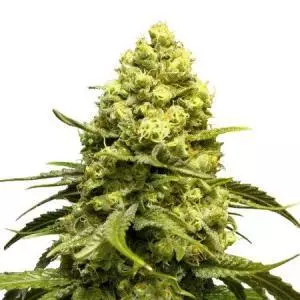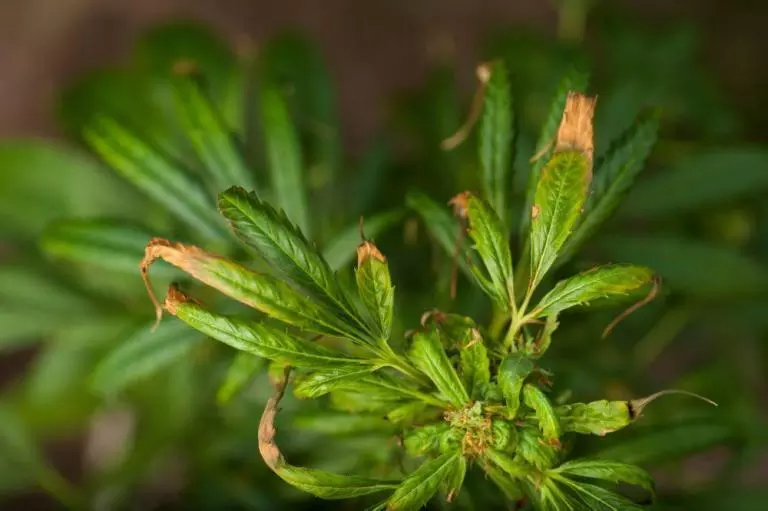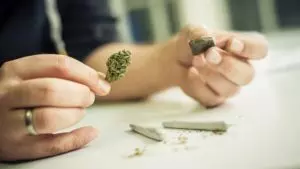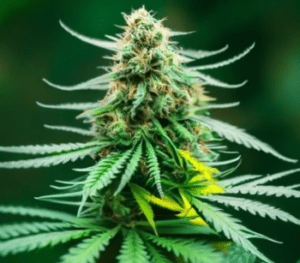If you grow your weed using hydroponics, then you know there are many advantages over cultivating your weed on regular soil. However, truth be told: growing weed using hydroponics is not easy.
In fact, you are likely to incur many problems in the beginning compared to those that cultivate their cannabis on regular soil.
One of the major problems you are likely to face is nitrogen toxicity. The problem is annoying to the point that many weed growers have actually quit the game. Learning what causes nitrogen toxicity and the various interventions you can take to curb the menace is vital.
In this article we will help you recognize and fix nitrogen toxicity.
What you should know about nitrogen and your weed
Your weed cannot germinate, flower, form buds, and actually give substantive yield without nitrogen. Among the few nutrients, nitrogen is listed on the top three, along with phosphorus and potassium. Now you know that nitrogen is essential for growing weed.
However, too much or too little nitrogen can also cause you and your weed substantive harm. In the case of nitrogen toxicity – too much in the soil, the harm is somewhat irreversible. However, cannabis-growing experts say you are not left without a choice. You can try a few interventions to salvage your weed.
In other words, if you sit and do nothing to nitrogen toxicity levels in your garden, you will not salvage even an ounce of weed after toiling for weeks, even months. With those opening words, it is time to delve into the real deal.
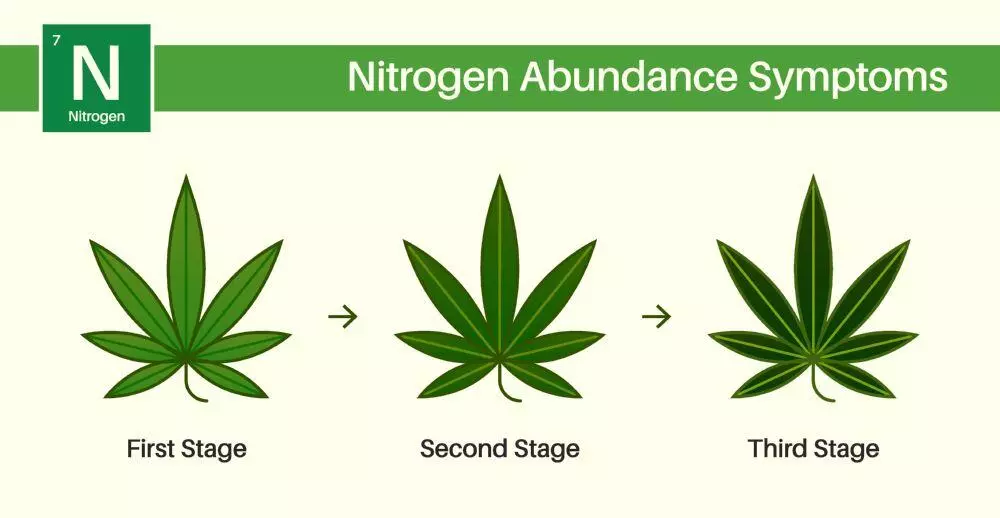
What is nitrogen toxicity?
During your weed’s and any other crops’ vegetative stage, for that matter, plants require a substantive amount of nitrogen. Indeed, it is not always easy to give your weed more nitrogen than they deserve.
However, anything is possible. Your plants may show signs of nitrogen deficiency, such as the yellowing and curling of leaves, prompting you to add a fertilizer that is rich in nitrogen. While that is a good move, chances are you can overdo it, thus supplying your crops with a lot of nitrogen.
Besides, your fellow growers’ yield who may suggest that supplying your weed with lots of nitrogen will help you reap big may overly excite you. After that, you will find yourself oversupplying your cannabis with nitrogen.
Because of the high level of nitrogen in the medium, your plants will no longer be able to handle the pressure. They start to fight, but they will inevitably fail. Although they may want to keep fighting for their survival, it doesn’t usually fare well.
The plants’ struggle is intense during their flowering stage. At this stage, the plants do not require as much nitrogen as they did during the vegetative stage and any other stage before that.
At this point, if you do not stabilize your garden’s nutrient levels, the chances of the medium turning toxic with nitrogen are almost inevitable. Nonetheless, you may ask, is there a set amount of nitrogen that I should supply my weed? That is a tricky question, but we’ll help you find the answer in the next section.
Often nitrogen toxicity is also called a nutrient burn. The difference is a nutrient burn can also mean an excess of other nutrients.
How much does your plant need?
Generally, weed requires enough amounts of nitrogen and other essential nutrients. However, individual strains and weed species require a specific amount of nutrients. Interestingly, there exists a general pattern of nutrients during the plants’ various stages.
Below is a complete overview of the amount of nitrogen your plants need during the various stages of growth:
Vegetative stage
As mentioned at the beginning, weed and any other plant, for that matter, require a good amount of nitrogen during the vegetative stage. During this stage, the plant is trying to define itself. Different sections show their signs of sprouting.
It is at the vegetative stage, experienced weed growers calculate the number of branches, assess the plant, and determine if it will turn out to be a healthy plant or not. Because of their many years of growing cannabis, it becomes easy for the growers to know which branches or plants to trim or uproot, respectively.
Thanks to a liberal amount of nitrogen during the early stage, your crops will start to develop roots, form stems, generate branches, leaves, which later become thick shrubs. Finally, the plant develops buds.
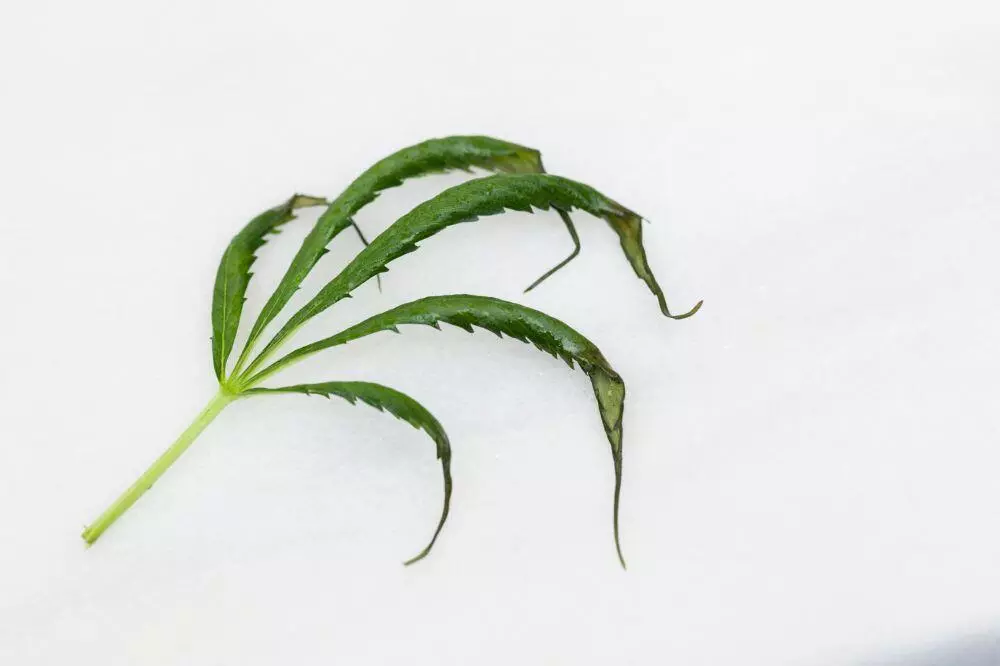
The flowering/blooming stage is important
As the name suggests, the blooming stage comes when plants need to shift their focus their development from root and stem formation into the formation of healthy buds. At the flowering stage, the plant directs all its attention to creating flowers, buds, and fruits.
Too much nitrogen during the flowering phase is detrimental. However, it does not mean you neglect your plants completely. They still need a little nitrogen. You can get some fertilizers and supplements that are balanced with the right levels of nitrogen.
Signs of nitrogen toxicity in your cannabis
Plants manifest nitrogen toxicity differently. However, there remain general appearances that will indicate nitrogen toxicity in your crops.
Some of the signs that the amount of nitrogen in your garden is high include:
- Leaves and foliage turn extremely dark green.
- Your cannabis leaves start to burn, especially at the tips. Some start to turn brown.
- Some even turn yellow. Although this could mean the plants lack other essential nutrients, it is still a viable nitrogen toxicity sign.
- Leaf tips curling or turning down (although it can be a sign of under-watering).
- Clawing.
NB: Chances of witnessing the above signs on your garden are inevitable if the soil pH level is unreasonable. Besides, if you underwater your crops, they will exhibit some of those signs. Nonetheless, if all the mentioned signs are prevalent, you might conclude that there is nitrogen toxicity in your garden.
Other common signs that are perfectly normal for your cannabis plant
- Yellow or brown leaf tips.
- Clawing/curling of leaves (at the latter stage of the plant’s life).
- Smooth and shiny leaves.
- Rich dark leaves.
- Yellow leaves, especially towards harvest time. It is a good sign anyway.
Signs that show your cannabis is not right
- Wilting leaves.
- Webbing.
- Red stems.
- Yellow, especially between the veins of the leaf.
- Twisted growth.
- Markings or spots on the stems, leaves, or even buds.
- Leaves turning purple/pink.
- Leaves developing holes.
- Mold or powder on the leaves and buds.
- Plants starting to droop.
- Odd/funny buds.
- Visible bugs.
- Buds are starting to die.
- Slim roots.
- Brown roots.
- Brown or bronze patches.
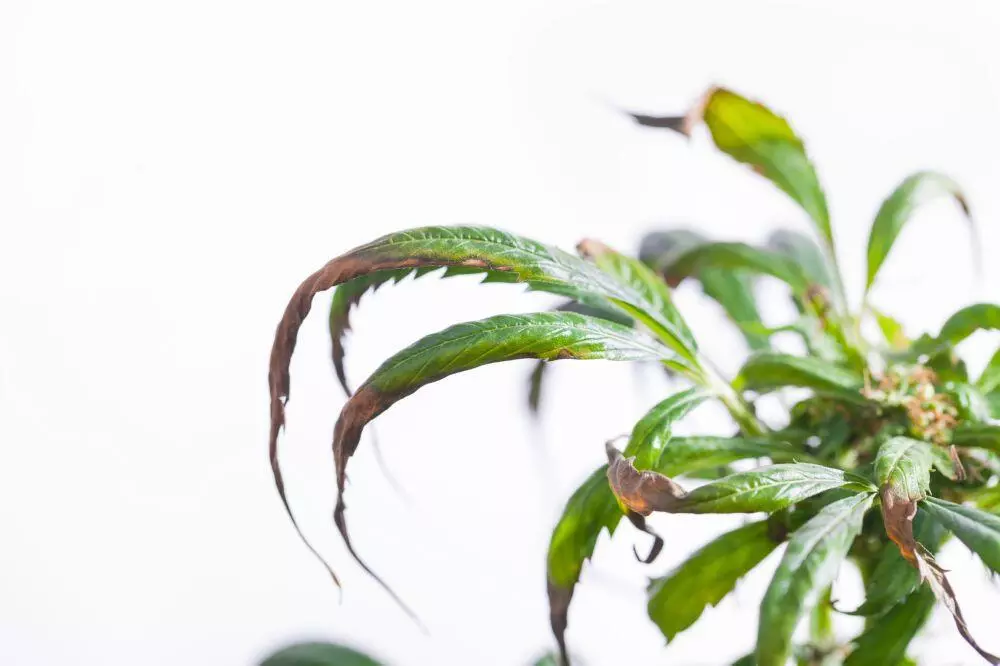
Treating nitrogen toxicity
Now that you know the signs of nitrogen toxicity in your plants, you need to act fast before losing the whole garden. If anything, you need to try to salvage even a little produce rather than losing everything you’ve worked hard for.
It is obvious that the first thing you need to do as treatment is to stop overfeeding your cannabis plant. Yes, it would be best if you stopped supplying lots of nitrogen to your plants. For now, you need to put to an end supplying your weed with nitrogen. You will feed them small amounts of nitrogen later.
That said, experienced weed growers say fixing nitrogen toxicity is not as easy as fixing deficiency. Nonetheless, you can try several options, such as the first step of halting the further supply of nitrogen.
Secondly, you need to evaluate your medium’s EC/PPM level. When assessing for PPM/EC, your aim should be to ensure it is in the right balance. The EC/PPM level is questionable; you can try to do the following two things:
- Using freshwater, dilute the solution until you are almost sure that you’ve neutralized the solution’s nitrogen toxicity. However, it would help if you did not forget to balance the solution’s pH level afterward.
- Replace your nutrient reservoir. Sometimes, try as you may, the old reservoir may harbor nitrogen particles that will keep supplying nitrogen to the weed many weeks later.
Note 1
If you opt on the second option, remember to make a complete overhaul of the reservoir, including fresh nutrients and clean water. Some growers even go to the extreme of ensuring the water pH level is checked.
Note 2
If your cannabis is in the flowering phase and shows signs of nitrogen toxicity, you may have limited options. At this crucial phase, the only sure way is to change the nutrient reservoir completely. In other words, you will only be certain of ensuring nitrogen toxicity if you start afresh.
Note 3
Things will be different if you are cultivating your weed directly into the soil. Sometimes, it is not what you feed your crops but the nitrogen level in the soil. Besides, if you are still convinced that you do not oversupply your weed with nitrogen but show nitrogen toxicity signs, you have one option.
Find some clean water, filter it, check the water’s pH, and then pour it into the soil. Experts believe that freshwater with the required pH level will help neutralize the soil by flushing out any excessive or all the nitrogen present in the soil.
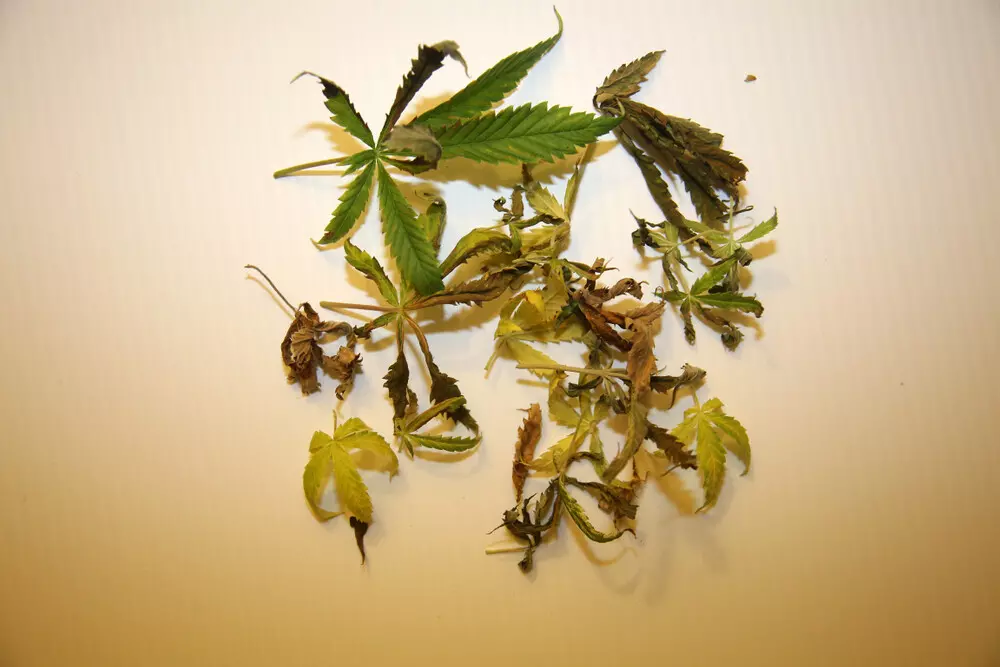
Why you should identify and fix the issue
We cannot emphasize enough that underfeeding and oversupplying your cannabis plant is harmful. By now, you know that too much fertilizer in the soil or medium you are growing your cannabis plant in is harmful.
Nonetheless, why should you be overly concerned about the level of nitrogen in your weed? Well, you should know that nitrogen toxicity is in itself a bad thing. Here are the main reasons you should identify and fix it as fast as you possibly can:
- Cannabis plants that gets too much nitrogen during the vegetative phase often does not form strong plants in the later phases.
- Oversupply of Nitrogen during the vegetative phase and in the flowering phase affects how your crops form branches, leaves, and flowers. In fact, the result is your plants producing extremely smaller buds.
- Identifying and fixing Nitrogen toxicity at the plant’s early stage helps your plant to0 recover, and the result is a healthy plant with excelling yield.
- Experienced cannabis growers agree that it is normal for your plants’ leaves to begin changing their color from the rich dark green to yellow as the plants grow. In fact, they agree that as you approach harvest time, the chances of all your plants’ leaves turning yellow is almost inevitable.
Therefore, it is not the right time to start panicking, thinks that your plants are experiencing Nitrogen toxicity. If you’ve done all you can to combat the oversupply of nitrogen at the plant’s early growth stages, it is not prudent to panic at the latter stage when the plants’ leaves start to turn yellow.
Nonetheless, do not keep adding nitrogen. Your plants do not need any Nitrogen at this point because they have formed all the necessary things required for the plant’s growth and survival.
Frequently Asked Questions
How to fix nitrogen toxicity?
Is nitrogen harmful?
How to get rid of nitrogen toxicity?
What is nitrogen toxicity?
How to fix nitrogen toxicity in coco?
How to flush nitrogen toxicity?
Can you correct nitrogen toxicity?
How to fix nitrogen toxicity in organic soil?

